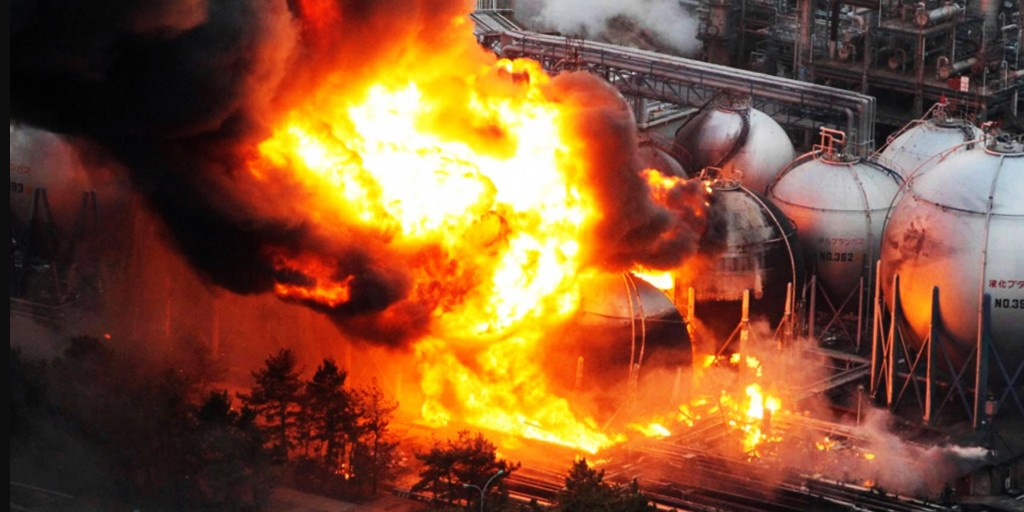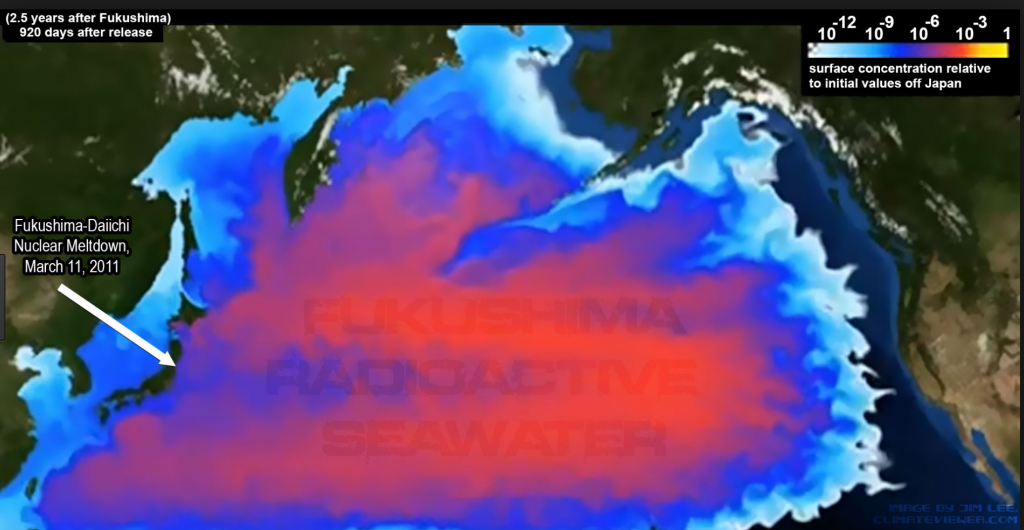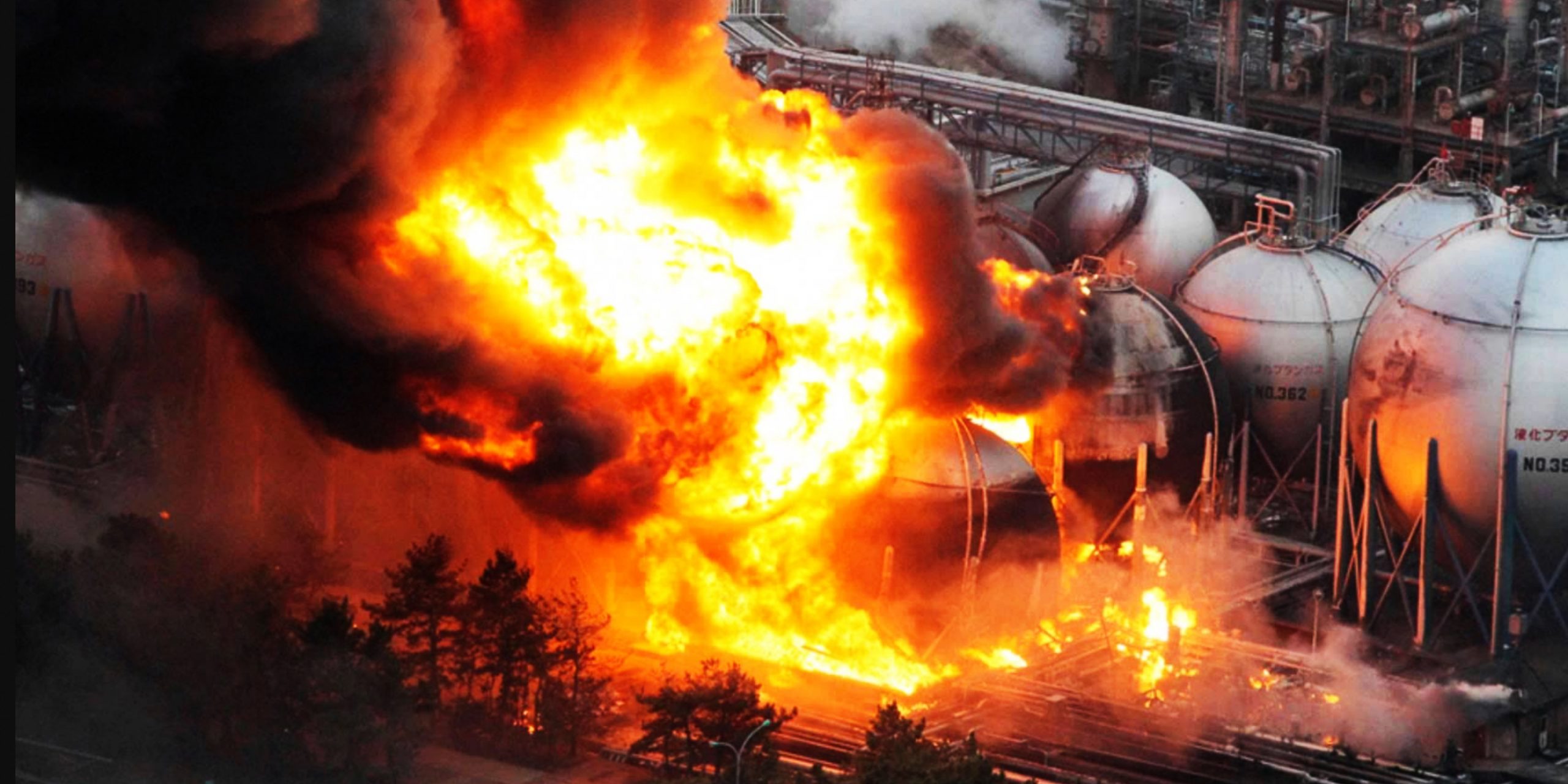The operator of Japan’s paralyzed nuclear plant in Fukushima has applied to release water containing radioactive tritium into the Pacific Ocean. Fragile marine ecosystems are at stake here. Since the Fukushima disaster, contamination in the local marine food chain has been on ongoing issue. 40% of species remain unfit for consumption, according to Japanese standards, which have been relaxed since the disaster.
Each day, 300 tonnes of water wash through the Fukushima reactors, cooling them down and collecting a slew of radioactive material along the way. While some of the contaminants can be filtered out, the water cannot be cleaned from tritium – a radioactive form of hydrogen — resulting in nearly a million tonnes of highly radioactive waste water.

Fukushima has been a total environmental disaster
Takashi Kawamura, chairman of Tokyo Electro Power Co., said the plan has been settled, but that the utility is still waiting for the final word from Japan’s nuclear regulation authority, Japanese newspaper Tokyo Shimbun reported Friday. About 770,000 tons of radioactive water is stored in 580 tanks in Fukushima. Technology has so far been unable to remove tritium from the water, and TEPCO’s solution is to pour the radioactive liquid into the ocean, where, according to the utility’s officials, it would be quickly diluted, The Telegraph reported Friday.
The Japanese of course would love to simply dump the water because it costs very little, and disperses their radioactive material outside their territorial waters. Prevailing currents and wind push such contaminants across the Pacific towards North America. In fact models predict long-term, the highest concentrations of Cesium 137 (radioactive isotope released from the disaster) would not be be in Japanese waters at all, but rather in the North Pacific Gyre just West of Continental USA. Now dumping tritium as well just makes the situation worse. Small amounts of radiation from Fukushima reached the West Coast of the United States in December 2016.

Models predict the highest concentration of Radioactive Waste will be in the North Pacific Gyre
TEPCO officials claim “it will be safe because the ocean is large so it will be diluted.” Of course it is not safe at all. It is simply the cheapest way for Japan to be rid of their waste water problem. It also sets a precedent that can be copied, essentially permitting anyone to dump nuclear waste into our seas. I[‘m sure the USA, France and Russie woukld love to be rid of their nuclear waste in this fashion. It’s a lot cheaper than storing it of course.
Small amounts of radiation from Fukushima reached the West Coast of the United States in December 2016.
Sign the petition telling Japanese Government not to allow the dumping
By Captain Pete Bethune
